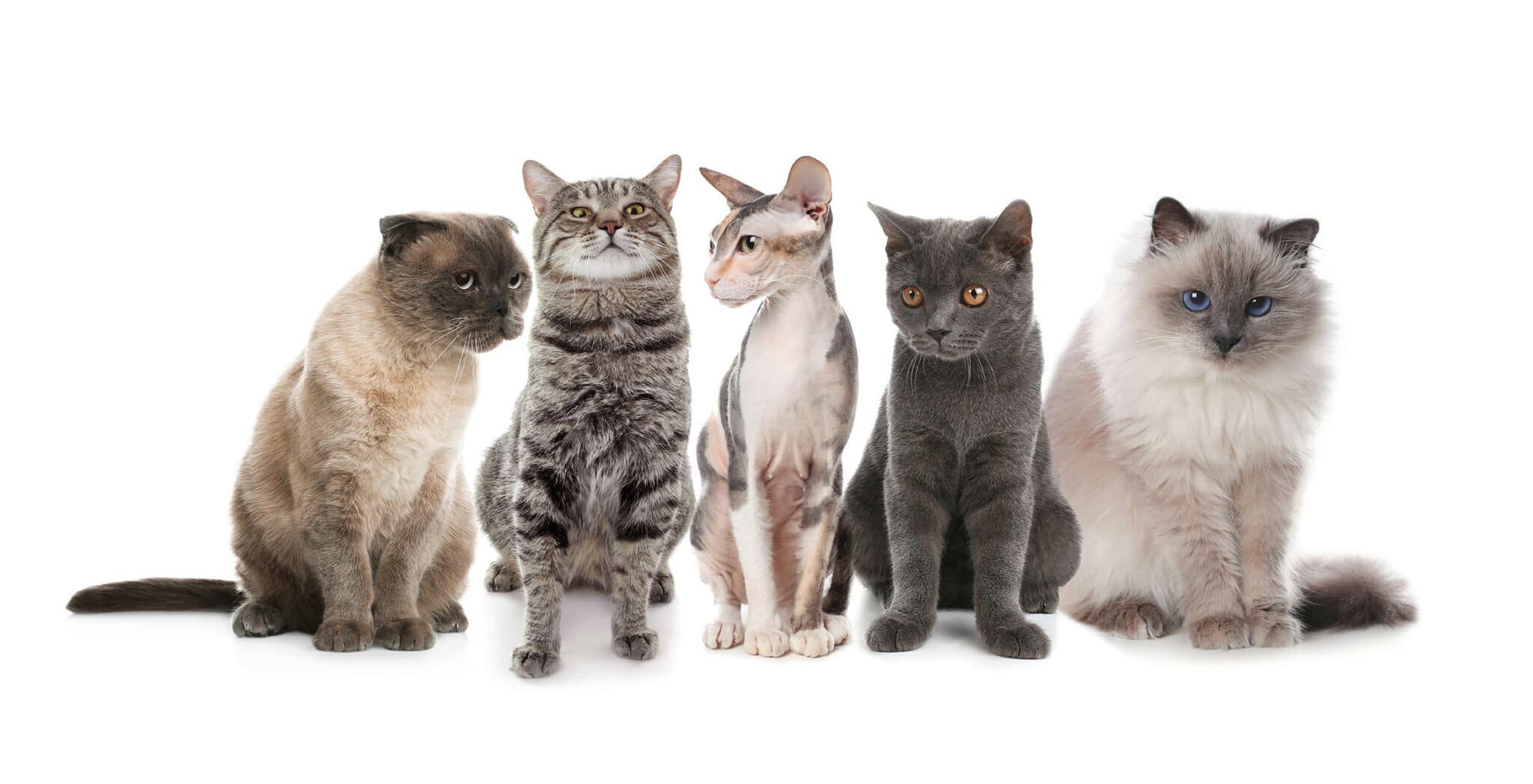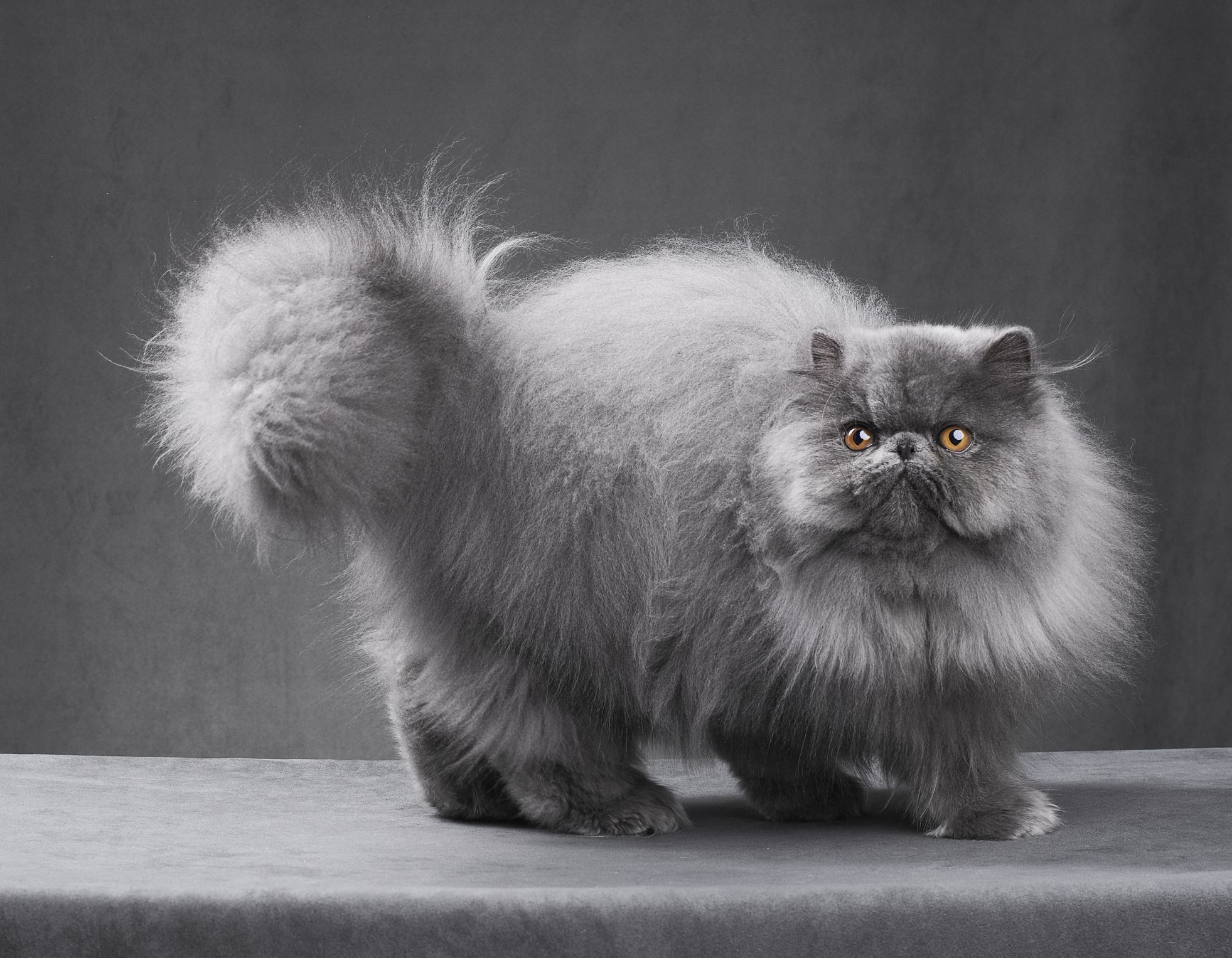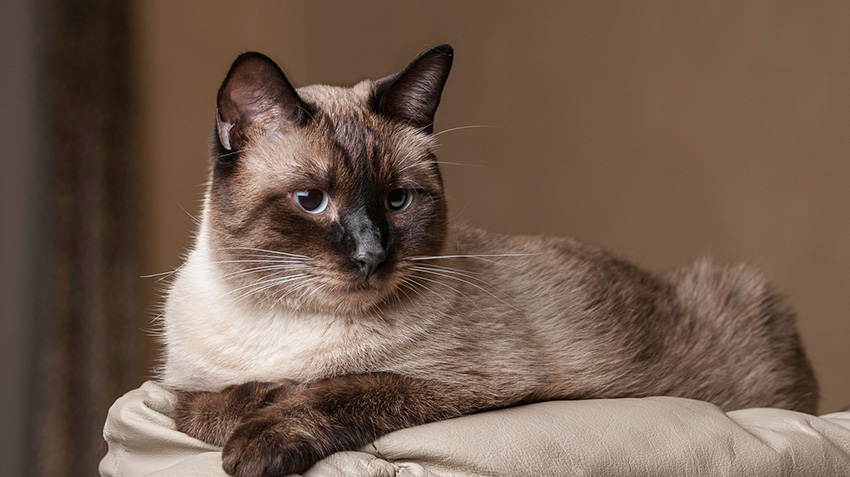Blog
The Differences Between British Shorthair, Persian, and Siamese Cats
Cats, with their enigmatic charm and independent spirits, have captivated humans for centuries. Among the myriad of breeds, the British Shorthair, Persian, and Siamese stand out as popular choices, each with their distinct personalities, appearances, and care requirements. Understanding the differences between British Shorthair and other breeds can be crucial for those considering adoption. This comprehensive guide will delve into these breeds, exploring their unique traits to assist potential cat owners in making an informed decision.
The Differences Between British Shorthair
The British Shorthair is a breed steeped in history, known for its plush coat and robust build. Originating from Great Britain, these cats are believed to descend from Roman cats brought to the British Isles, forming an essential part of feline history.
The foundation of the British Shorthair’s popularity lies not only in its physical appeal but also in its amiable nature. This breed marries both beauty and companionship, making it a favorite among families and individuals alike. Understanding this breed’s key attributes is essential for prospective owners to appreciate what makes them so special.
>>>Buy now: https://boobeepets.com/discover-suitable-foods-for-balinese-cats/
Physical Characteristics
The British Shorthair boasts a distinctive physical appearance that sets it apart from other breeds.
Their most defining feature is undoubtedly their dense, plush, and short coat, which comes in a wide array of colors and patterns. From classic blue to cream, white, black, and tabby, there’s a British Shorthair for everyone. The thick undercoat provides excellent insulation, making them well-suited for colder climates, combining functionality with aesthetic appeal.
In addition to their remarkable fur, British Shorthairs exhibit a sturdy, muscular build characterized by round heads, large round eyes, and short, powerful legs. They are medium to large-sized cats, with males typically being larger than females. Their round heads and broad foreheads contribute to their endearing chubby appearance, further enhancing their charm.
Personality and Temperament
The British Shorthair’s personality complements its physical attributes beautifully.
These cats are generally affectionate but not overly demanding of attention, striking a perfect balance for busy households. They enjoy gentle cuddles and playtime with their favorite humans, often becoming loyal companions over time. Unlike some breeds that require constant interaction, British Shorthairs possess an admirable degree of independence, content to amuse themselves when left alone.
Moreover, their calm and easygoing demeanor makes them ideal companions for families, including those with children. Their playful spirit remains throughout their lives, enjoying interactive toys and games of chase that stimulate their minds without overwhelming their more laid-back nature.
While they communicate primarily through soft meows and purrs, British Shorthairs are not particularly vocal, allowing them to fit seamlessly into quieter living environments where noise may be a concern.
Care Requirements
Caring for a British Shorthair involves a few straightforward considerations.
Their grooming needs are relatively minimal thanks to their short, dense coats, which usually require only weekly brushing to remove dead hair and prevent mats. This makes them a practical choice for prospective cat owners who might prefer a low-maintenance pet.
Health-wise, British Shorthairs are generally healthy, although they can be prone to certain conditions such as hypertrophic cardiomyopathy (HCM), a heart condition affecting some cats. Regular veterinary checkups are advisable to monitor their health, especially as they age.
While they are playful, British Shorthairs do not need excessive exercise. Access to scratching posts and engaging toys will satisfy their need for physical activity, ensuring they remain happy and healthy while leading a relatively stress-free life.
Persian
The Persian cat is perhaps one of the most recognizable breeds in the world, marked by its luxurious coat and docile nature. With origins tracing back to Persia (modern-day Iran), this breed has fascinated cat enthusiasts for generations, renowned for both its captivating beauty and serene temperament.
When considering a Persian, understanding its intricate characteristics is vital for future owners to appreciate the commitment required in providing the right environment for this regal creature.
Physical Characteristics
One cannot discuss the Persian cat without mentioning its stunning physical attributes.
Persians are distinguished by their exceptionally long, dense, and silky coats that drape elegantly across their rounded bodies. While their beauty is undeniable, this luxuriant fur necessitates regular grooming to prevent matting and tangles, which can become burdensome for less committed owners. Daily brushing becomes essential to maintain the coat’s health and shine, ensuring your Persian always looks its best.
Their compact, sturdy body contributes to their overall rounded appearance, which is further accentuated by their round heads, short broad muzzles, and large, expressive eyes. These features lend them a unique charm that captivates many. The eye color of Persians varies, including blue, green, copper, and gold hues, adding to their allure.
Despite being medium-sized, their substantial bone structure gives them a heavier feel, reinforcing the impression of a loving and nurturing companion.
Personality and Temperament
Personality-wise, Persians exude an air of quiet dignity intertwined with affection.
They are known for their gentle and docile disposition, thriving in peaceful surroundings. Persians enjoy being close to their human companions, often seeking cuddles and gentle attention. Unlike some more active breeds, they tend to be more laid-back, content to lounge around and enjoy the comforts of home.
Though not particularly energetic, they retain a playful side, delighting in gentle games and interactive toys that engage their curiosity. Their serene demeanor makes them suitable companions for individuals or families looking for a calming presence in their lives.
Vocalization in Persians tends to be relatively quiet; they communicate through soft meows and soothing purrs rather than raucous calls. This can make them an appealing choice for those who prefer a quieter feline friend, though it’s important to note that Persians still appreciate human interaction and companionship.
Care Requirements
Taking care of a Persian cat involves a significant commitment, particularly regarding grooming.
Due to their long and luxurious coats, meticulous grooming is necessary to prevent matting and tangling, which can occur quickly without proper maintenance. Owners should be prepared for daily brushing sessions, and professional grooming may be required periodically to keep their fur in optimal condition.
Health concerns represent another aspect of care that potential Persian owners must consider. Persians are prone to genetic disorders, notably polycystic kidney disease (PKD), which impacts kidney function. Regular veterinary checkups are crucial for early detection and management of any potential health issues, ensuring a longer, healthier life for your feline friend.
Additionally, due to their flat facial structure, Persians are susceptible to excessive tearing, creating tear stains around the eyes. Maintaining proper facial hygiene through regular cleaning is essential to keep your cat looking pristine.
And Siamese Cats.
Siamese cats are truly a breed unto themselves, with their striking appearance and dynamic personalities. Originating from Thailand (formerly Siam), these cats are steeped in history, having once served as royal companions in ancient times. Their unique characteristics offer a delightful contrast to both the British Shorthair and Persian breeds.
Understanding the nuances of the Siamese breed can help potential owners appreciate what makes them so special and determine if they align with their lifestyle and preferences.
Physical Characteristics
Siamese cats are renowned for their eye-catching looks, which set them apart from other breeds.
Their short, fine, and glossy coats feature a distinctive colour-point pattern, characterized by lighter body coloration contrasted with darker points on the face, ears, legs, and tail. The common point colors include seal, chocolate, blue, lilac, red, and cream, offering a stunning palette for prospective owners to choose from.
In terms of body shape, Siamese cats display an elegant, slender physique with long, lithe legs and a long, tapering tail. They are medium-sized cats but appear graceful and delicate due to their angular features. Their wedge-shaped heads and large, almond-shaped eyes further enhance their striking appearance. Often seen with bright blue eyes, Siamese cats possess an alluring gaze that captures the hearts of many.
Personality and Temperament
The Siamese breed is famous for its strong personality and social nature.
These affectionate felines crave attention and thrive on interaction with their human companions. They often follow their owners around the house, eager to participate in activities and demanding playtime at every turn. If you’re searching for a cat that will actively engage with you, a Siamese might just be your perfect match.
As notorious talkers, Siamese cats communicate using a wide range of vocalizations, including meows, chirps, and trills. They are not shy about expressing their needs and desires, often engaging their owners in lively conversations. This level of vocalization can be delightful for those who enjoy a chatty companion but may be overwhelming for those who prefer a quieter pet.
Additionally, Siamese cats are highly intelligent and inquisitive. They enjoy stimulating activities such as interactive toys, puzzles, and games that challenge their minds. Engaging them regularly through play is essential to avoid boredom and destructive behavior. Their active nature requires ample space to roam and explore, making them better suited for households willing to invest time in their social and physical needs.
Care Requirements
Caring for a Siamese cat aligns closely with their vibrant personalities and needs.
Grooming requirements for Siamese cats are minimal compared to Persians. Their short coat requires only weekly brushing to remove loose hair and maintain a healthy shine. This ease of grooming makes them a more manageable option for busy owners.
In terms of health, Siamese cats are generally considered a healthy breed, but they can be prone to certain conditions, such as amyloidosis, a protein buildup in organs, and asthma. Regular veterinary checkups are critical for early detection and effective management of any potential health concerns, ensuring a long and fulfilling life.
Exercise is essential for Siamese cats, as they require regular playtime and stimulation. Providing climbing structures, interactive toys, and sufficient space to explore allows them to express their natural energy and prevents boredom. Moreover, early socialization is crucial in helping them develop into well-adjusted and confident adults, so spending quality time with your Siamese is paramount to their happiness.
Choosing between the British Shorthair, Persian, and Siamese cats can be challenging, as each breed offers unique qualities that cater to different lifestyles and preferences. Whether you are drawn to the plush charm of the British Shorthair, the luxurious elegance of the Persian, or the lively spirit of the Siamese, understanding their distinctive characteristics is crucial.
By appreciating the differences between British Shorthair, Persian, and Siamese cats, prospective owners can make an informed decision about which breed will enrich their lives. Each breed invites a world of joy, companionship, and love into the home, making the journey of feline friendship all the more rewarding.
>>> Read more: https://boobeepets.com/discover-suitable-foods-for-balinese-cats/



